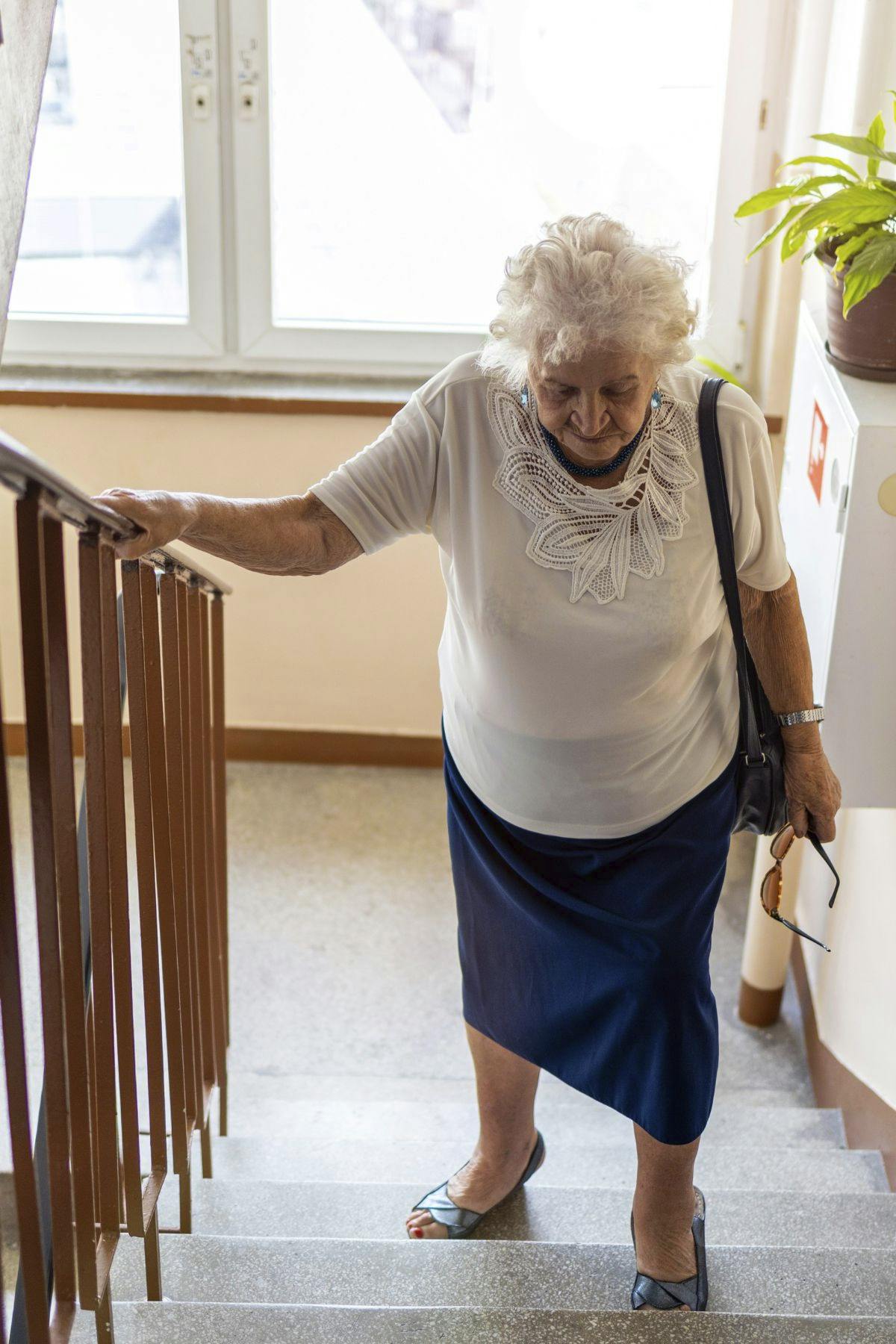
Sitting all day?
Your hip flexors are likely tight and weak - and that could be silently sabotaging your posture, balance, and energy. This powerful yet often forgotten muscle group is the engine of your stride, driving how you walk, stand, climb stairs, and stay steady on your feet. But our desk-bound or couch-bound, sedentary lives do them no favors. Sitting for hours keeps the hip flexors locked in a shortened, weakened state. Over time, this leads to poor posture, inefficient walking patterns, and even shuffling instead of lifting your legs properly.
Why Strong Hip Flexors Are Your Secret Weapon for Walking
Your hip flexors - especially the iliopsoas - lift your leg forward with every step. When they're tight or weak, your body starts to compensate. You might swing your leg out to the side or lean your upper body forward to gain momentum. These awkward workarounds not only make walking feel clunky - they also waste energy.
Surprisingly, this can even drain your brain. Research shows that inefficient walking mechanics require more cognitive effort to maintain balance and coordination, which can accelerate fatigue and reduce confidence, especially in older adults.

Are Your Hip Flexors Holding You Back? Look for These Signs:
- You shuffle instead of lifting your feet
- Tightness or discomfort at the front of your hips
- Sitting for long periods makes it hard to stand up straight
- Difficulty walking uphill or climbing stairs
- Unsteadiness or balance issues, especially when turning
5 Easy Hip Flexor Exercises You Can Do at Home
- Standing Marches Strengthens and activates hip flexors.
- Stand tall and slowly lift one knee toward your chest, then lower with control.
- Alternate legs. Do 10–15 reps per side.

- Seated Knee Lifts A beginner-friendly way to build strength.
- Sit upright in a chair, feet flat.
- Lift one knee a few inches, hold 2–3 seconds, then lower.
- Repeat 10–15 reps each leg.

- Hip Flexor Stretch (Runner's Lunge) Releases tension from prolonged sitting.
- Step one foot forward into a lunge.
- Extend your back leg and tuck your pelvis to feel the stretch at the front of the hip.
- Hold 20–30 seconds per side.

- Supine Leg Slides Gentle activation with core control.
- Lie on your back with knees bent.
- Slide one heel out to straighten your leg, then return.
- Keep your core engaged. 10 reps per leg.

- Wall-Assisted Isometric Press
Builds strength without movement.- Stand near a wall for support.
- Lift one knee to 90°, press your hand into your thigh while trying to lift up.
- Hold 5 seconds. Do 5 reps per side.

Final Thoughts
- Your hip flexors are the unsung heroes of how you move.
- If you sit most of the day, they're likely underperforming - and your gait, posture, and energy levels are paying the price.
- The good news? Just a few targeted exercises can restore strength and mobility. Try adding one or two into your daily routine - your hips (and your brain) will thank you.
- Need Help Getting Started? At Atlantis Physical and Occupational Therapy, we specialize in helping people move better - especially when stiffness, weakness, or balance issues are holding them back. Whether you're dealing with hip tightness, postural changes, or early signs of gait dysfunction, we're here to help you get back on track with a plan tailored to your body.
Disclaimer:
The exercises and information provided are for educational purposes only and are not a substitute for professional medical advice, diagnosis, or treatment. Always consult with a licensed healthcare provider or physical therapist before starting any new exercise program, especially if you have an existing health condition or injury. Stop any exercise that causes pain or discomfort and seek professional guidance.
